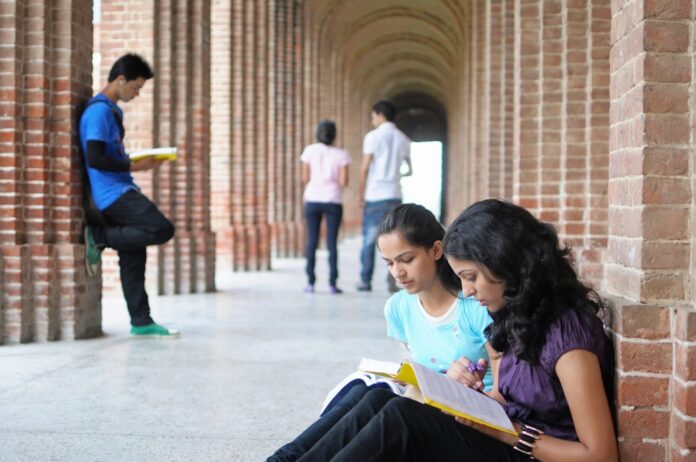Colleges and universities are grappling with how to bring back students for the fall semester after campuses were abruptly shut down in March in response to the coronavirus pandemic.
Reopening policies run the gamut. The University of Alabama announced it will put $30 million in federal COVID funding toward testing and recommends universities test every returning student. Bob Jones University in South Carolina has opted to start the semester a week earlier, cancel fall break, and wrap up final exams before Thanksgiving, to cut down on cross-country travel. The University of California state system will keep campuses closed and continue to hold classes online.
Cornell University, expecting students to return to off-campus living arrangements regardless of whether the campus reopens, will open its doors this fall, hoping “pooled testing” will give it more control over the spread of the virus. Pooled testing involves combining test samples from groups of students to gauge virus spread. Hillsdale College, with a smaller student body, is reopening its campus with safety measures in place, such as fumigating buildings, checking temperatures, and quarantining those with symptoms.
Weighing the Risks
Parents or students agree with Hillsdale’s plan, says Matthew Spalding, dean of the college’s Van Andel Graduate School of Government.
“They want to come back, and they’re excited to come back, said Spalding. “At a certain point, life goes on and you assume certain risks.”
Colleges and universities have weathered pandemics in the past. When the swine flu swept the country in 2009, the Centers for Disease Control and Prevention (CDC) actually advised colleges not to close. During the bird flu outbreak the year before, the CDC recommended basic precautions and self-isolation for ill individuals but never broached the idea of shutting down schools. Harvard University had continually kept its doors open dating back to the Spanish Flu of 1918, even though five students and one instructor died on campus within weeks a quarantine went into effect.
Studies have found that those under the age of 25 are at significantly lower risk of death from COVID-19 than of the flu. According to data from the CDC, school-age children have a one in 2.5 million chance of dying of COVID-19. For those aged 15-24, coronavirus is more than halfway down the mortality list, with unintentional injury, suicide, and homicide taking the top spots.
Cornell’s approach to dealing with the virus is good because it recognizes the differing risk levels of various options, says Michael Urbinato, a rising junior at the university.
“I think the limited reopening gives us as much traditional class time as possible while emphasizing mass testing and eliminating large social events and lectures, which would pose a major infection risk to the student body and surrounding area,” said Urbinato.
Rethinking the College Experience
The pandemic is giving colleges and universities an opportunity to rethink the college experience.
“A lot of schools want things to go back to normal,” says Spalding. “That, I think, is the wrong way to think about it. Higher education is not a free market right now, and it hasn’t been for a long time. This is the kind of situation where we should allow higher education to rethink their models like a business.”
A key way to encourage that would be to direct federal emergency funds, such as the CARES Act, to students instead of institutions, says Andrew Gillen, a senior public policy analyst at the Texas Public Policy Foundation.
“It’s more flexible in terms of letting student choices determine which institutions are funded,” Gillen said.
Such flexibility is particularly important when future enrollment numbers are unknown and some institutions may no longer be viable, Gillen says.
“It avoids squandering scarce resources to prop up obsolete institutions if we end up needing a new normal for which existing institutions are ill-equipped,” Gillen said.
Hands Off Endowments?
With the pandemic costing institutions tens of millions of dollars in lost tuition due to campus closures, the crisis provides a reason to rethink how the government treats college endowments, says Spalding.
“Creating an endowment is hard to do, generally, but there’s also no incentive when you can get government to cover 40 percent of expenses,” Spalding said. “We should make it easier to start an endowment. Endowments shouldn’t be taxed. Create incentives for private donors to give money to schools to help them fund it. Let the market decide, not the government.”
Despite the uncertainty, Gillen said some positive changes that restore free market forces to higher education could emerge from the disruption.
“For universities, that means reassessing traditional approaches to determine if there are better methods of producing and disseminating knowledge,” said Gillen. “For policymakers, the budgetary pressure of the crisis should lead to tough questions about what, exactly, taxpayer money is funding and how much it is costing.”
Madeline Peltzer (mpeltzer@hillsdale.edu) writes from Hillsdale, Michigan.





















